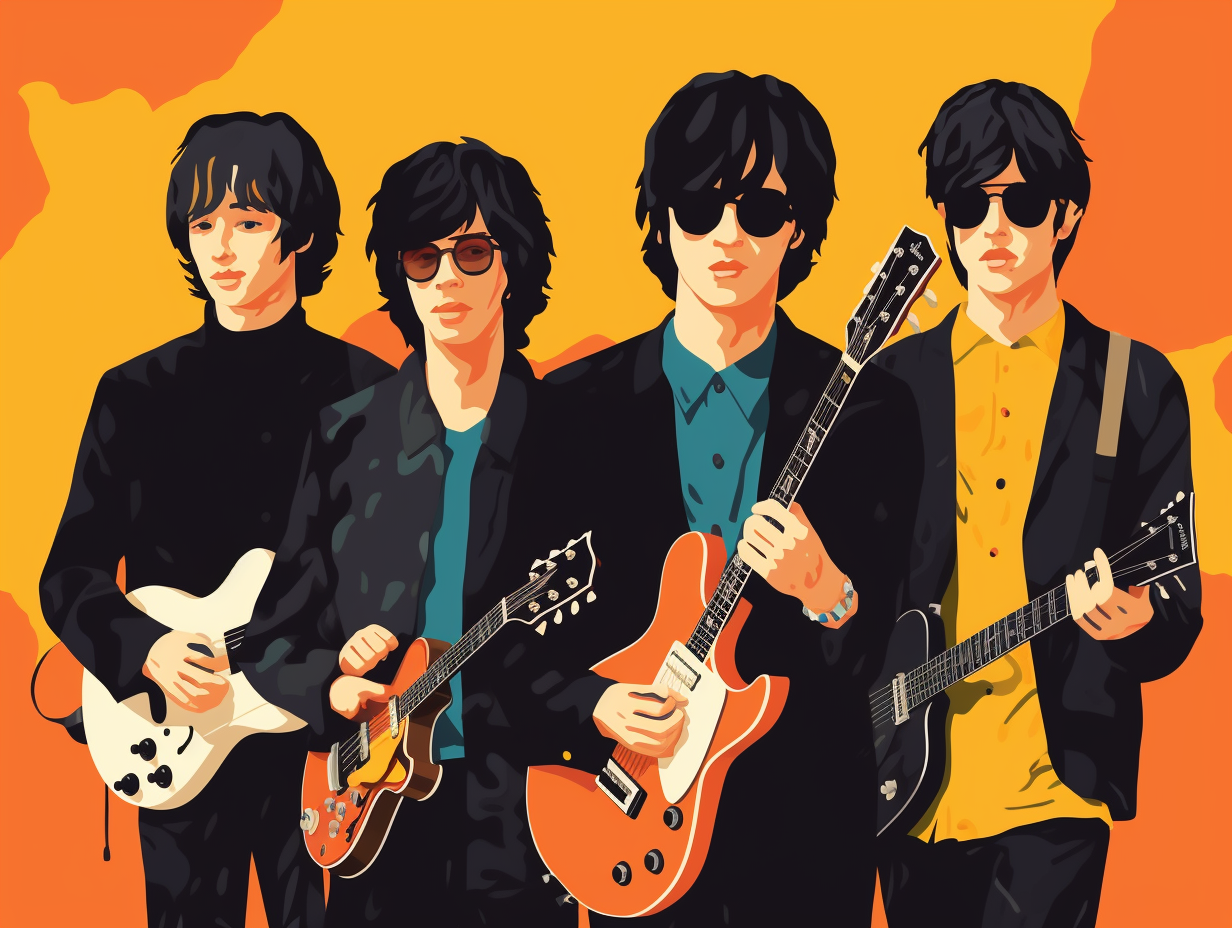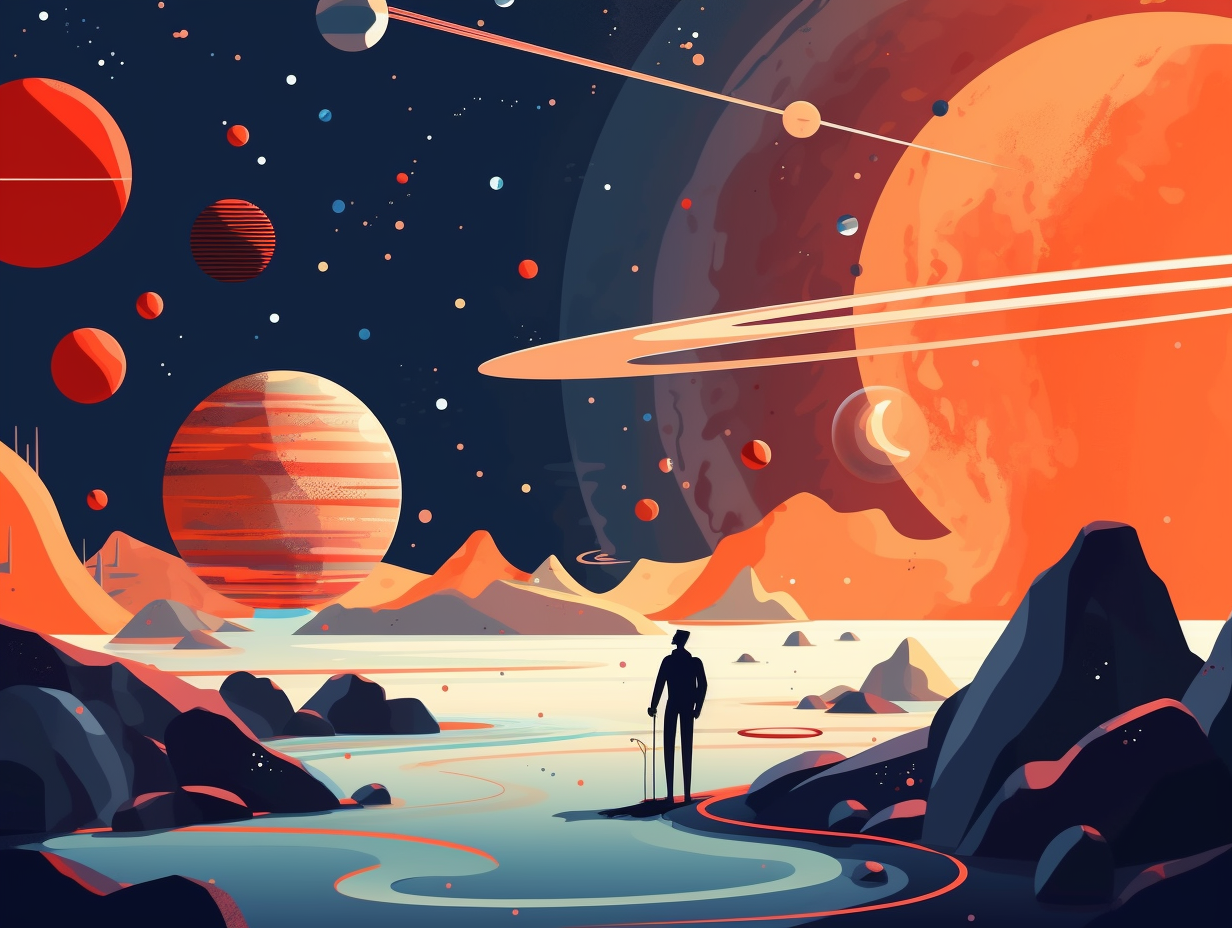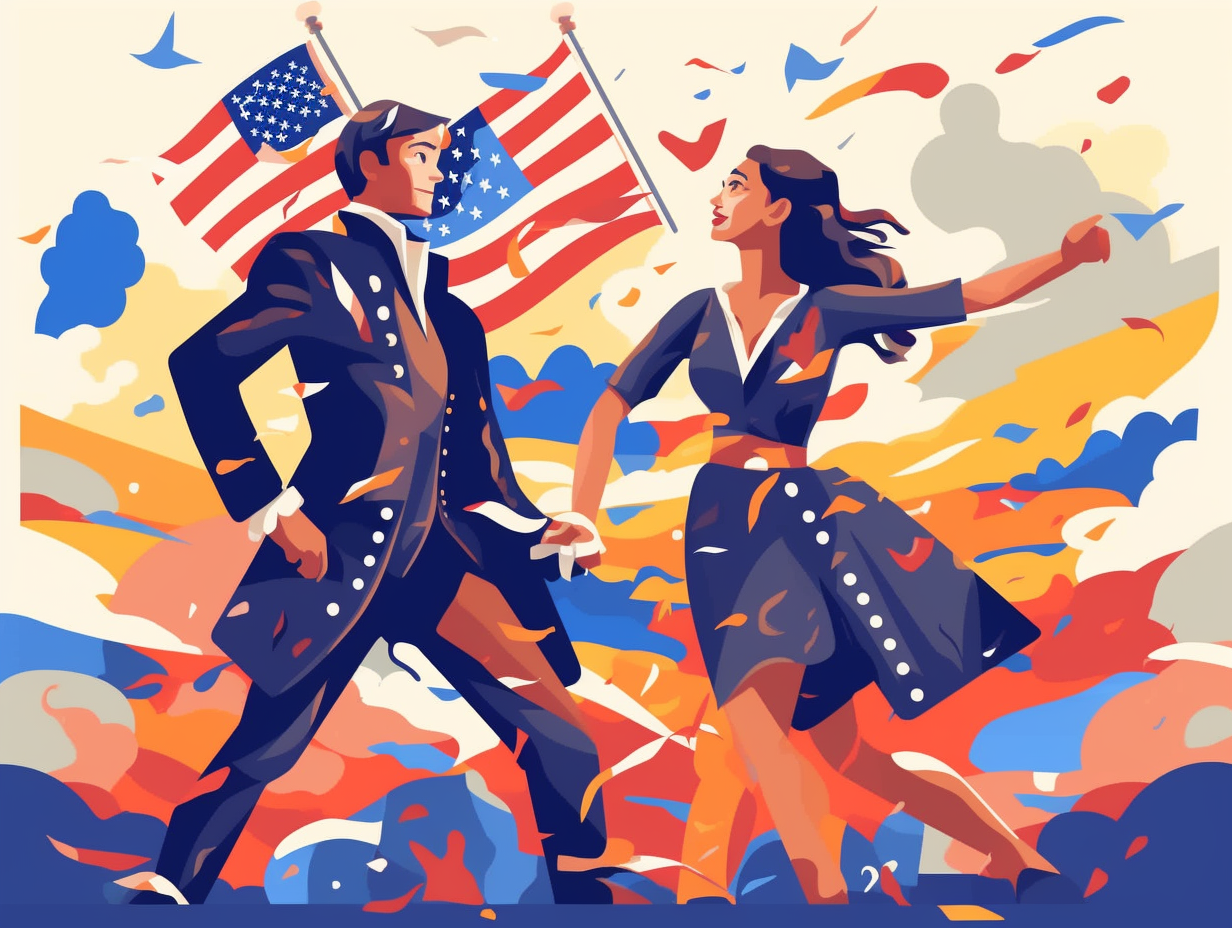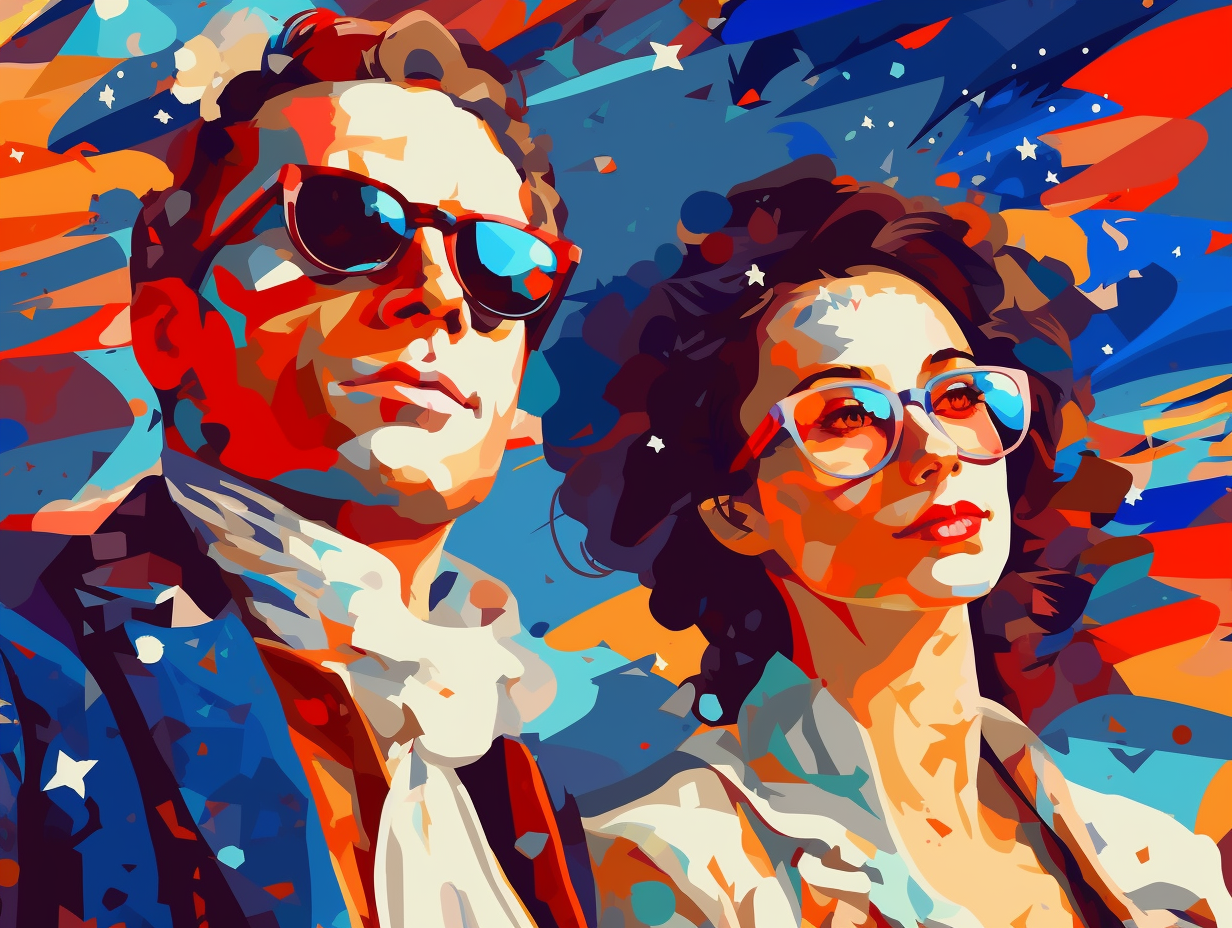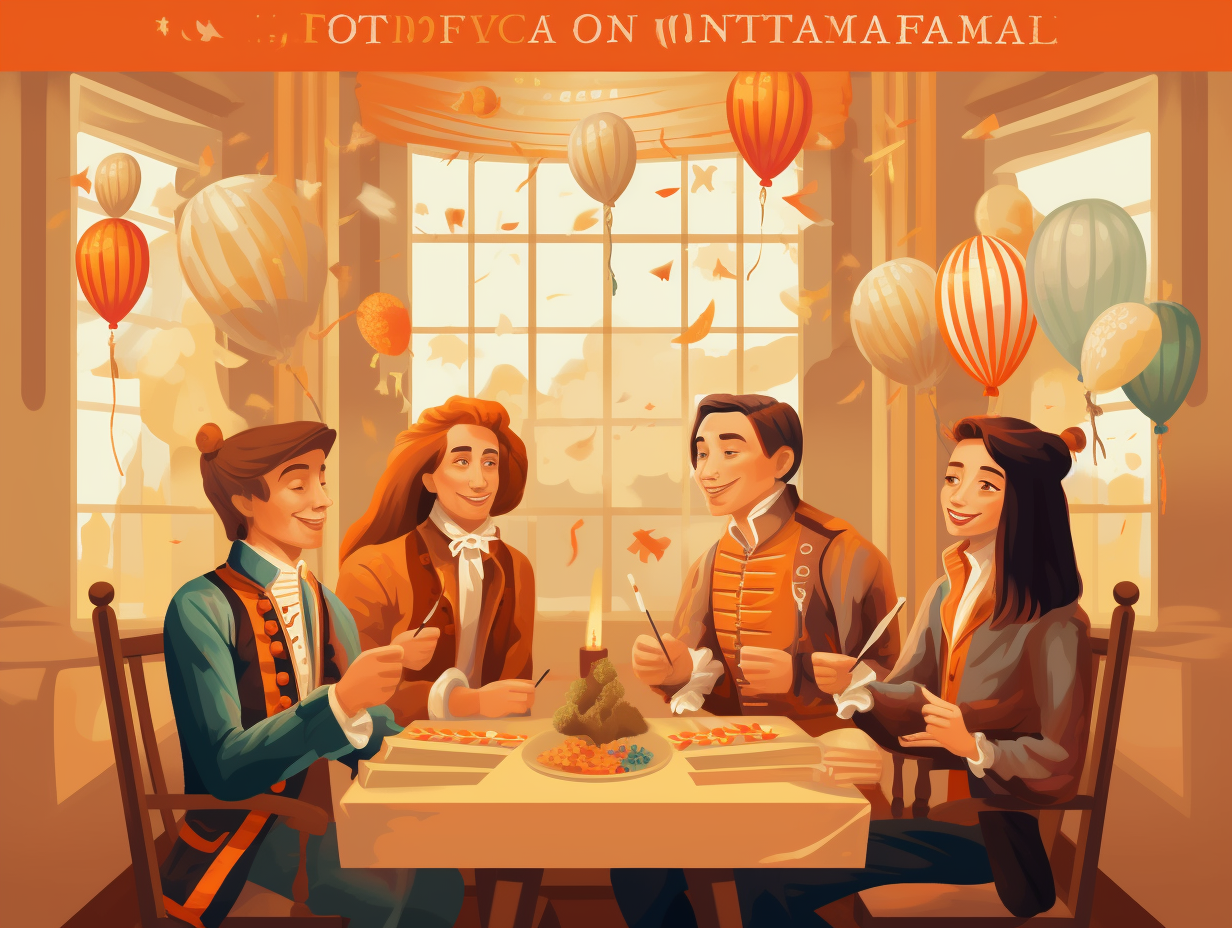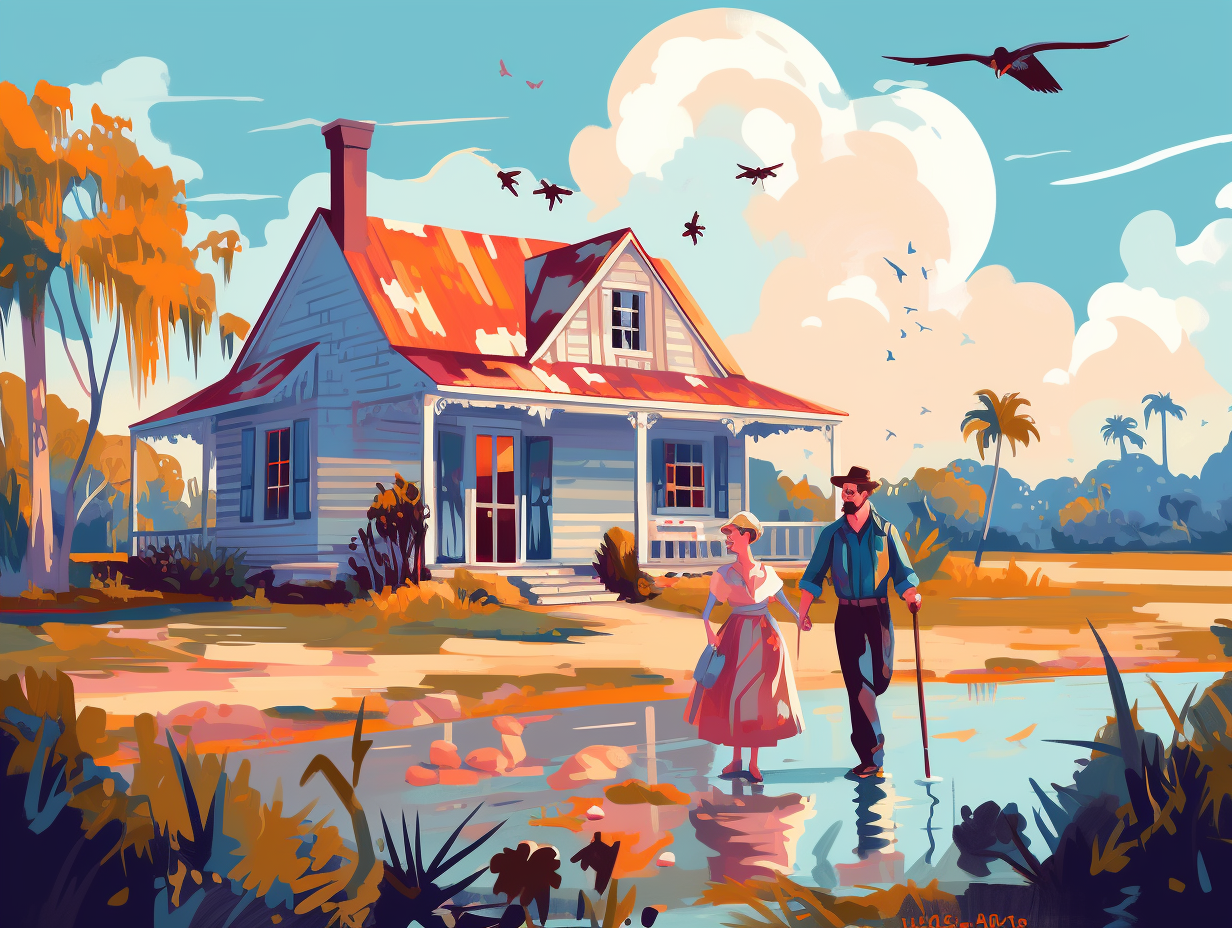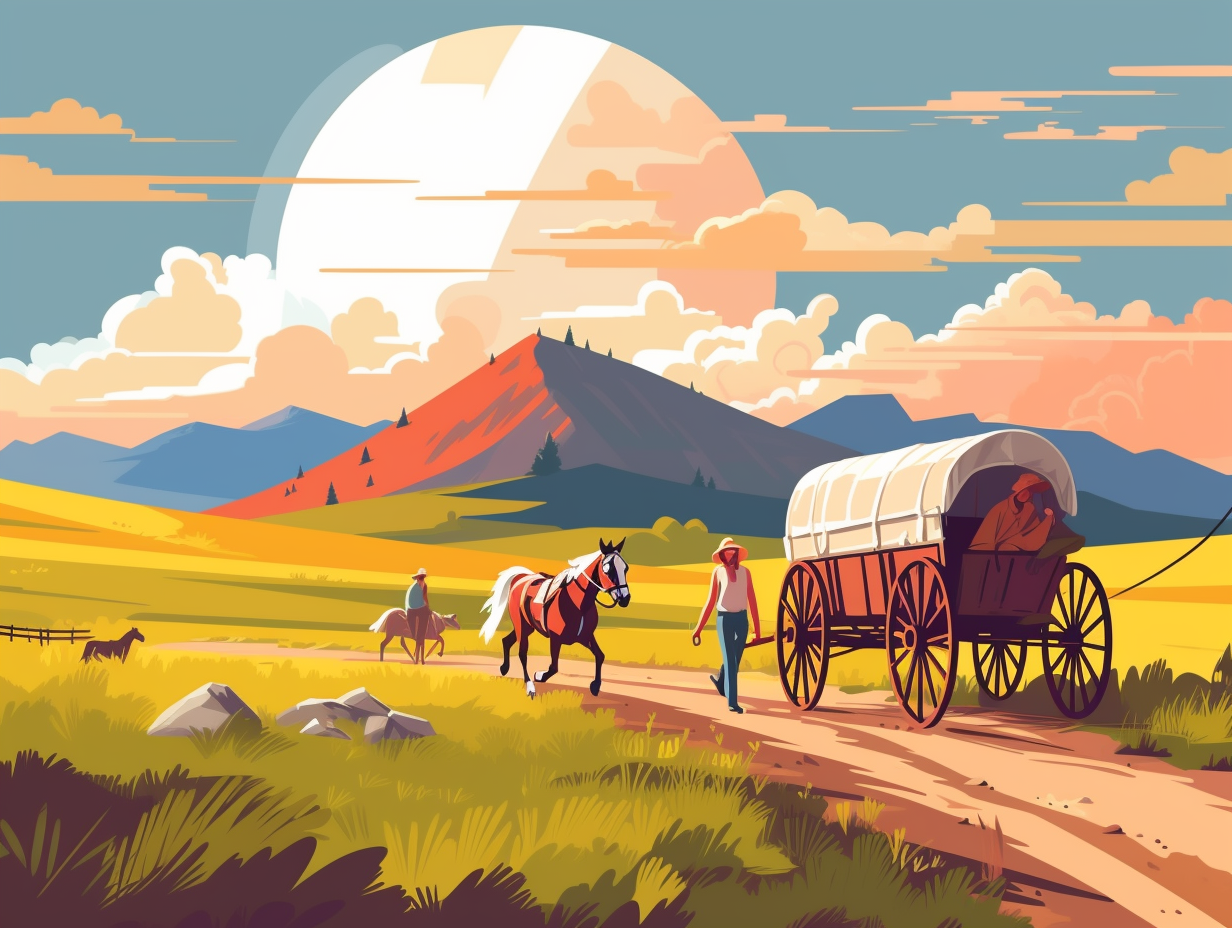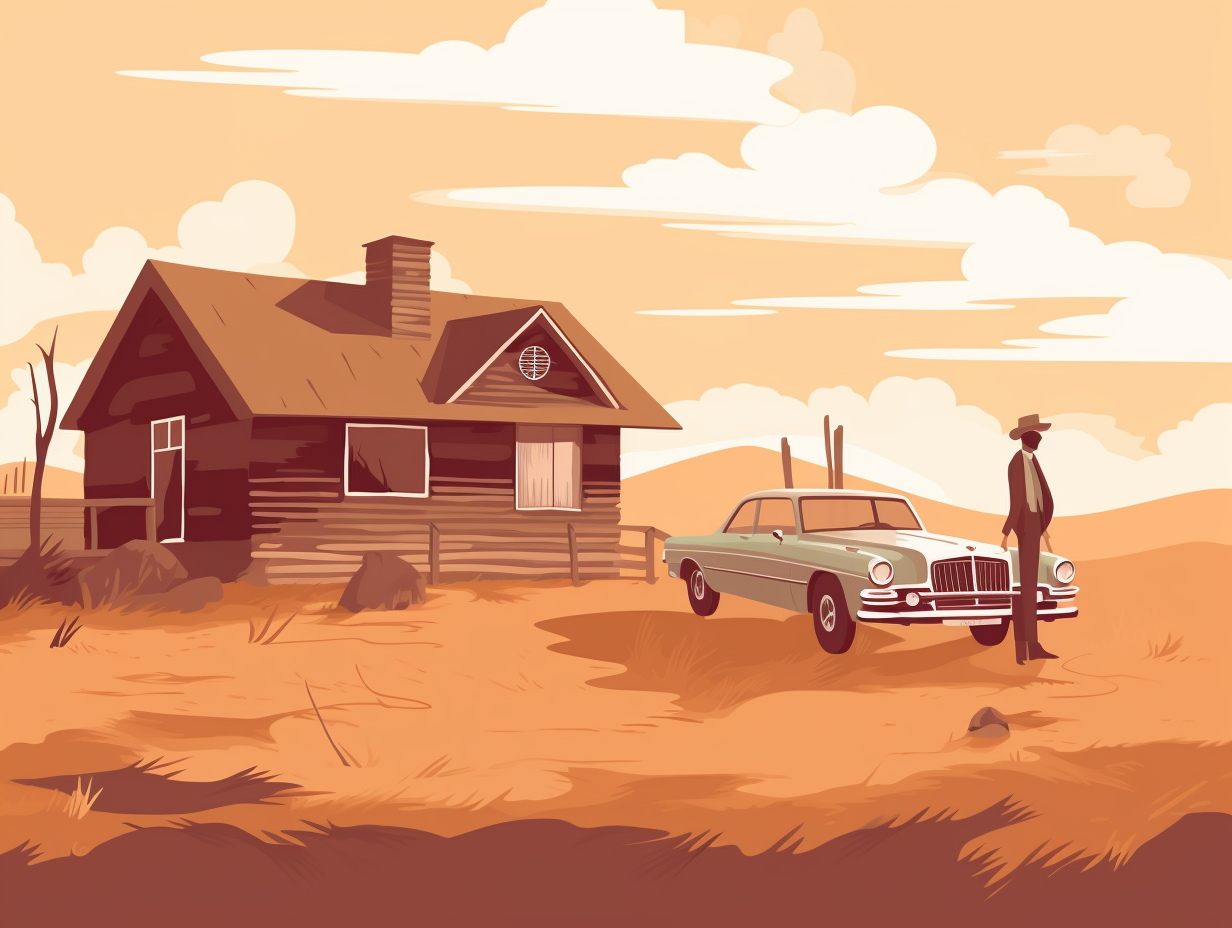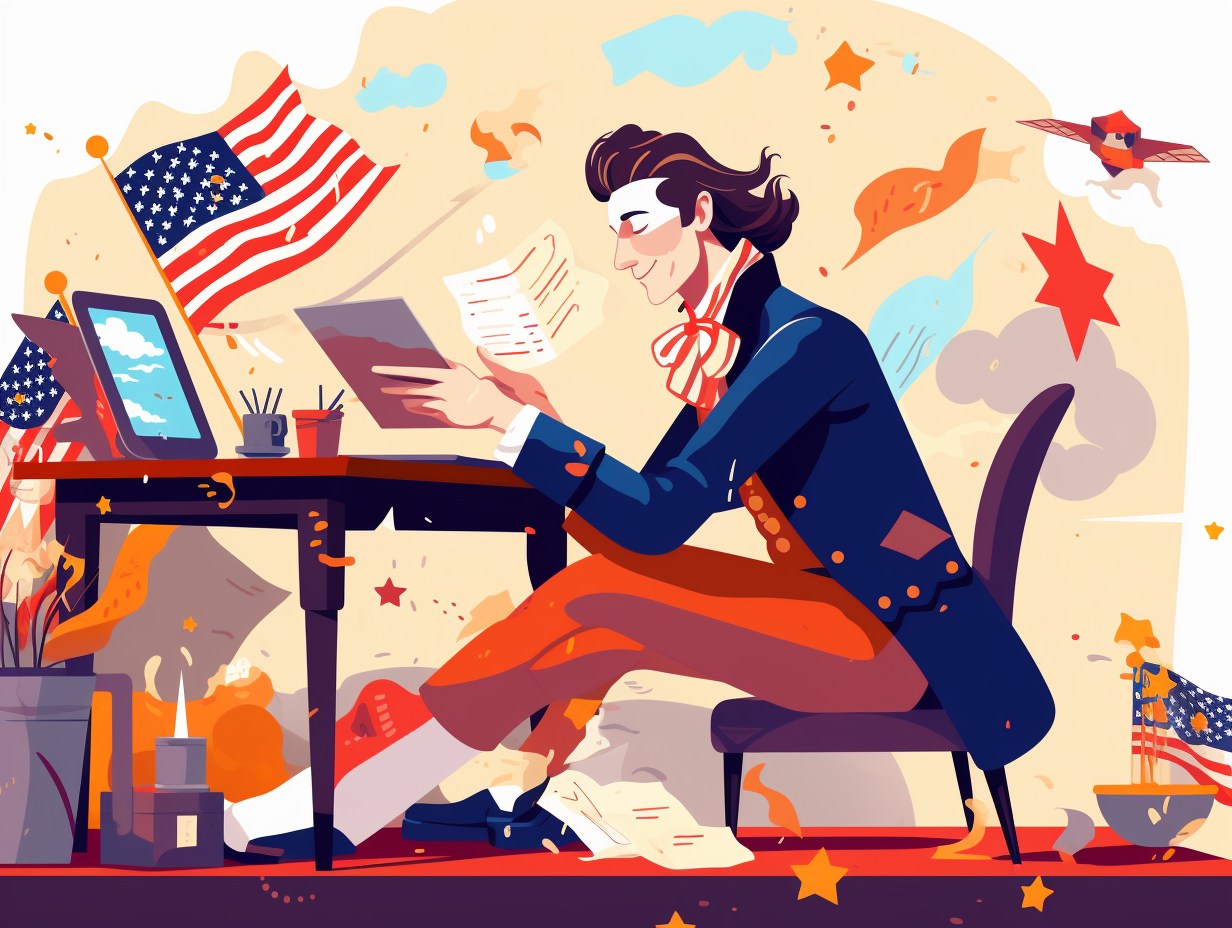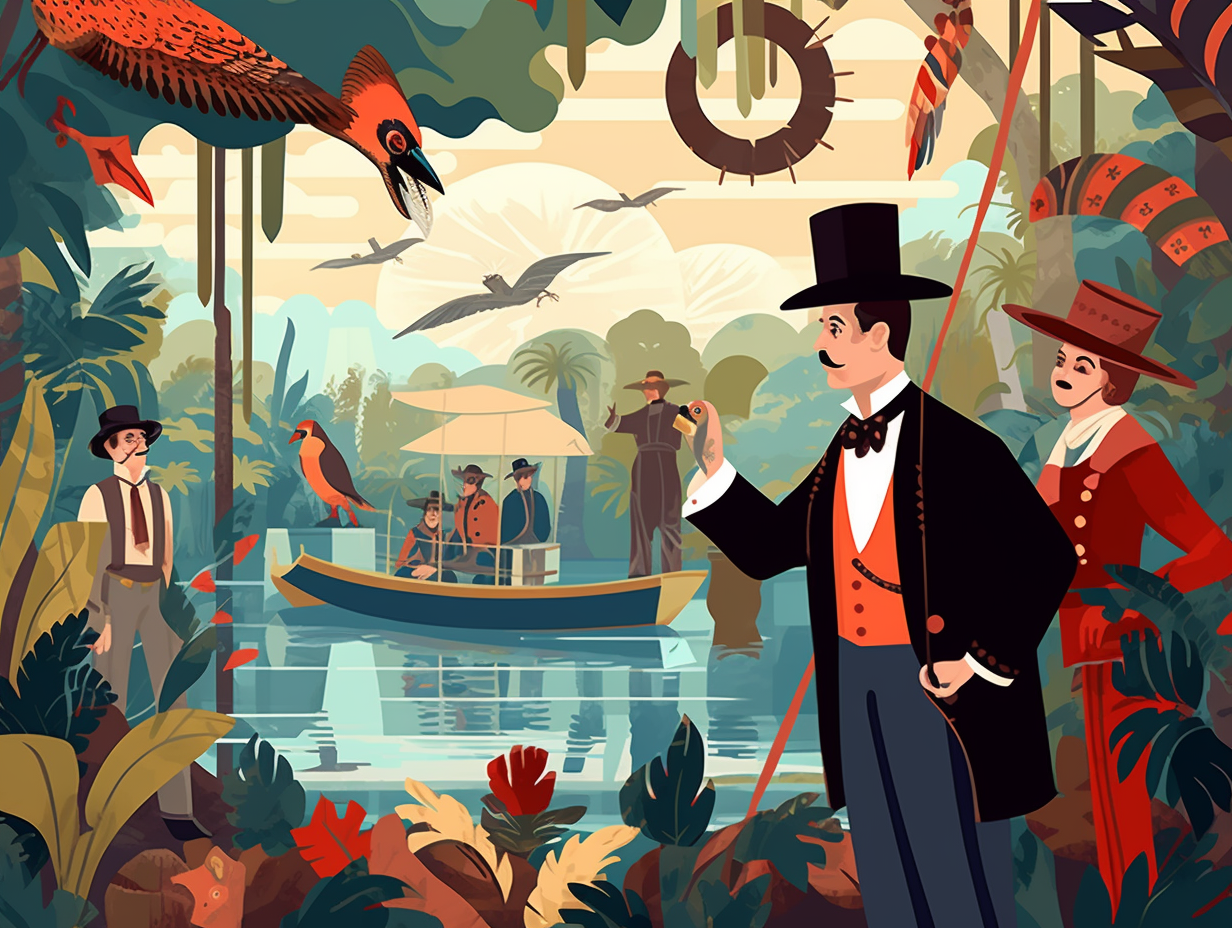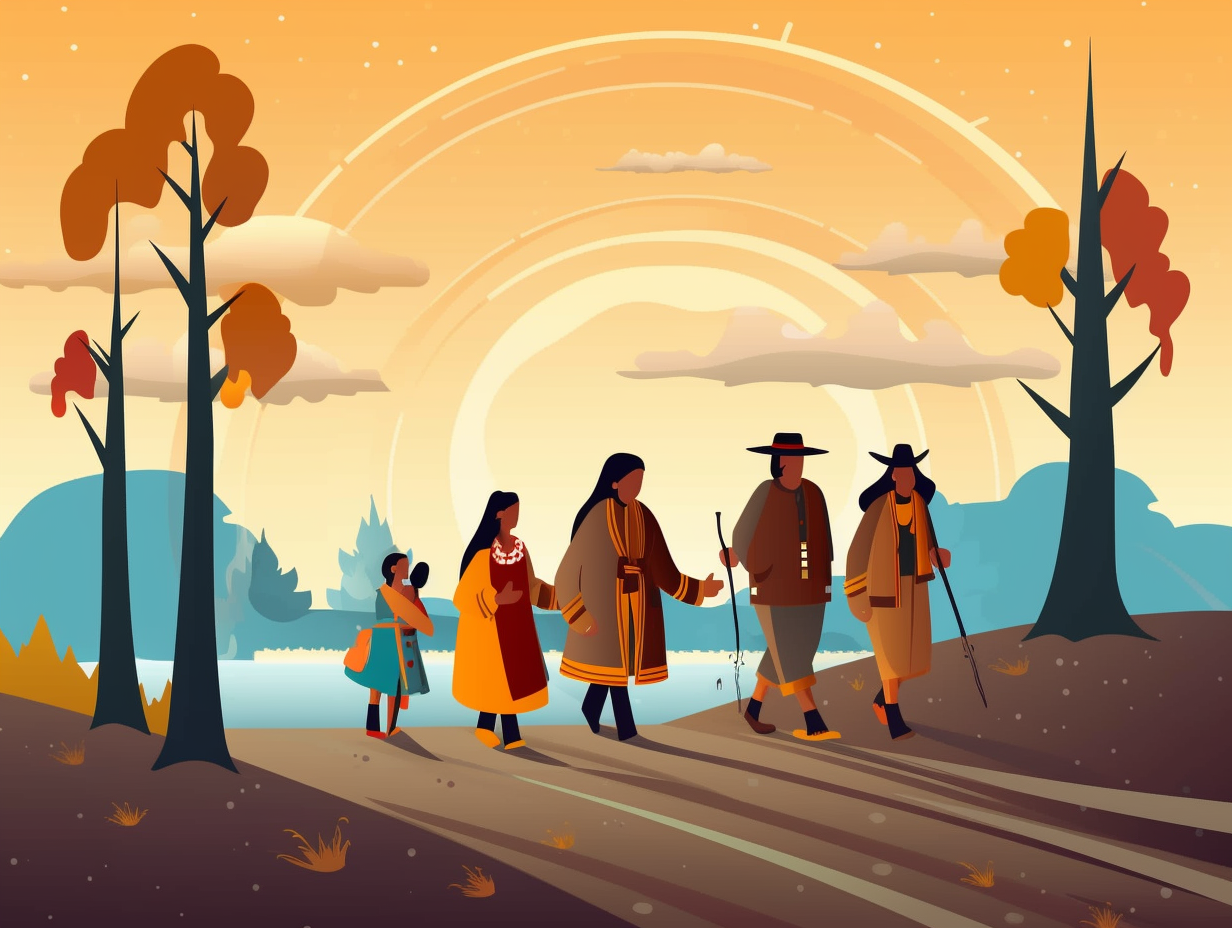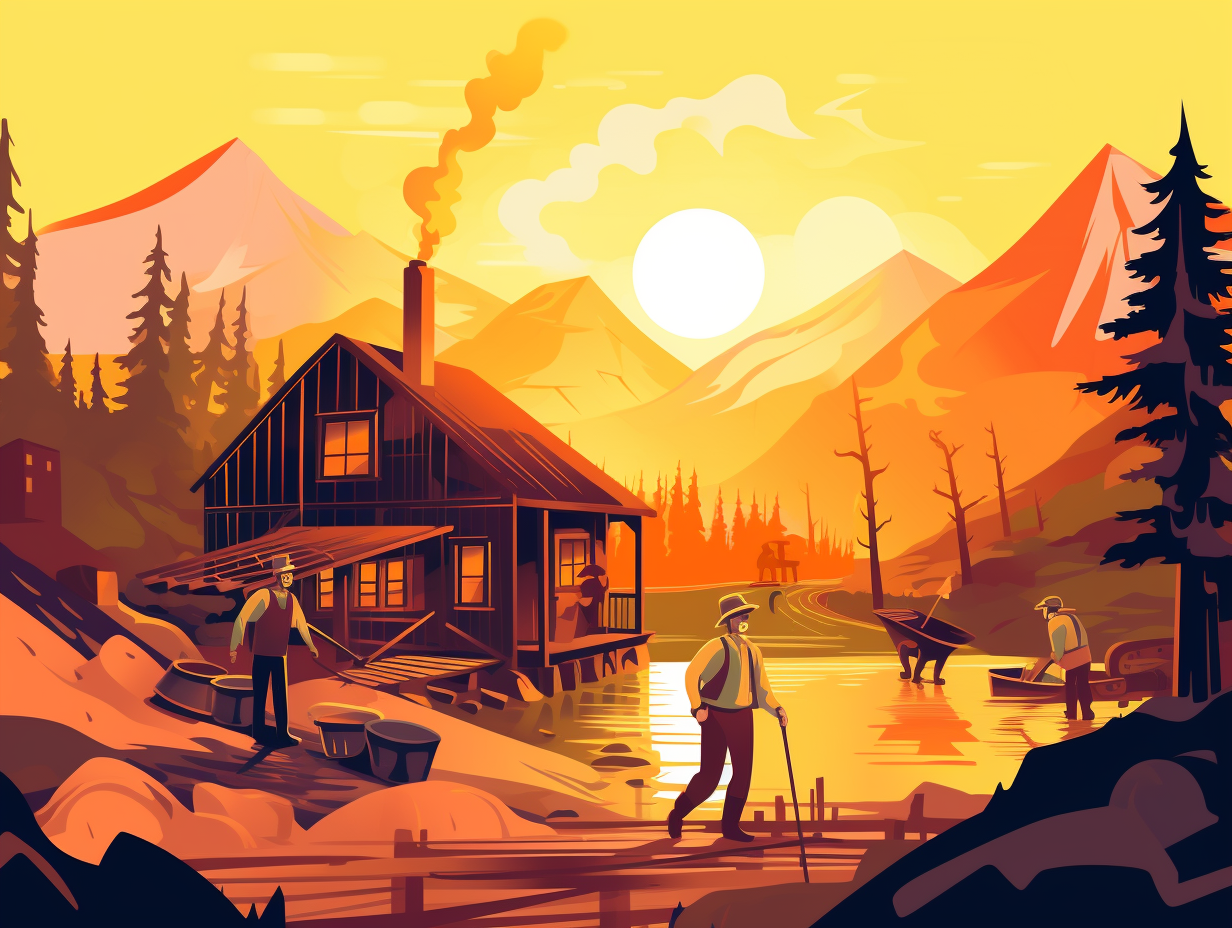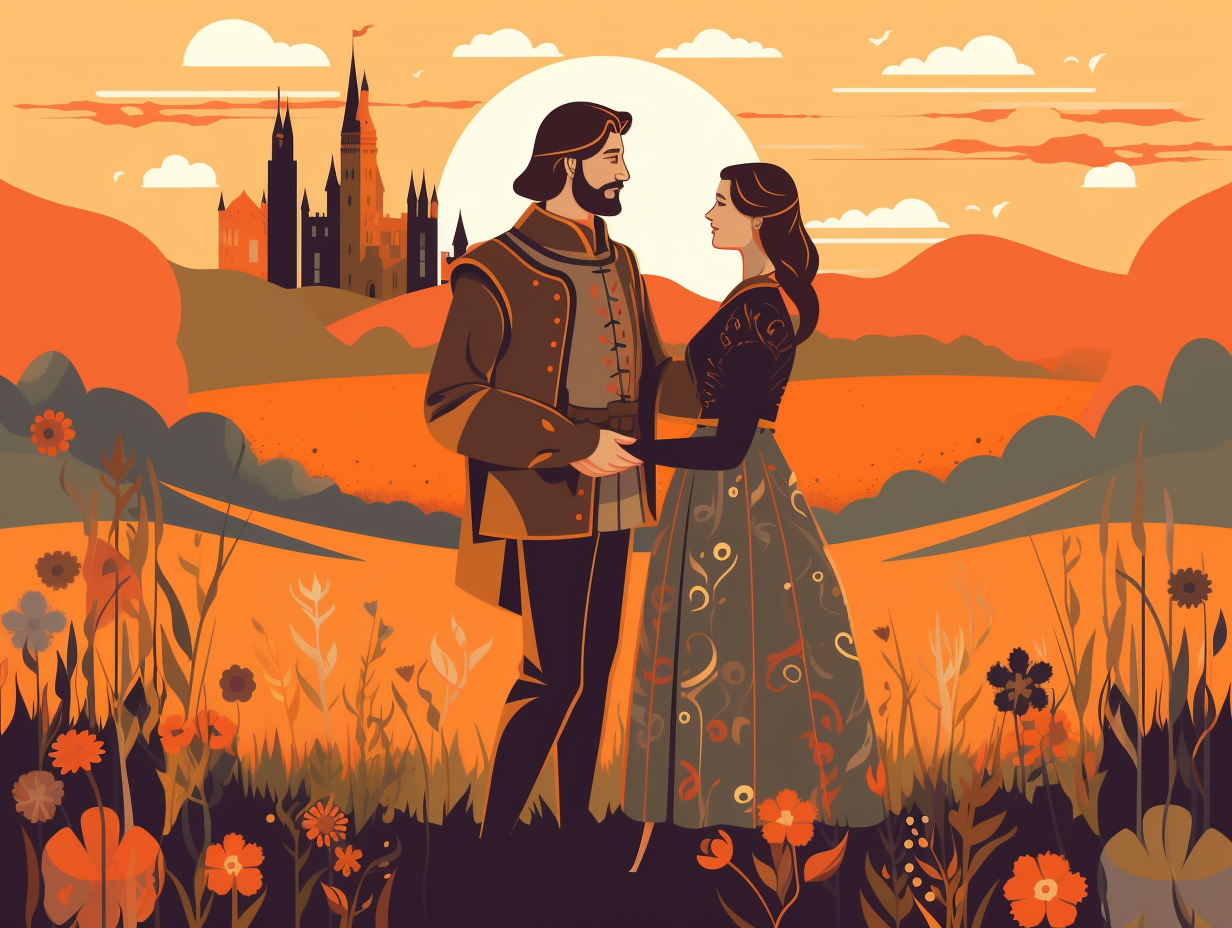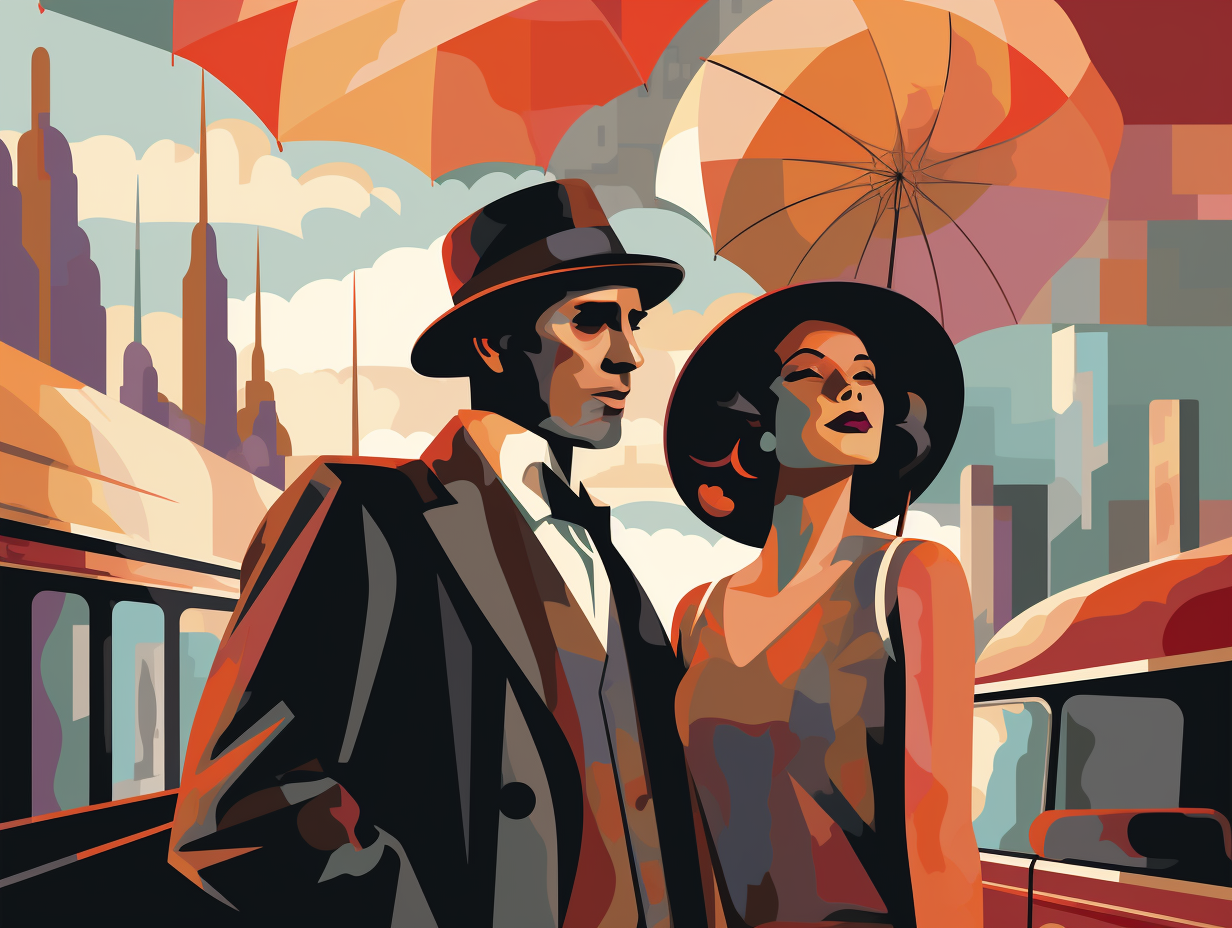Groovy Discoveries: Top 12 Fun Facts About the Swinging 1960s You Never Knew!

1. The First Heart Transplant
When your heart skips a beat and shouts "I want my mommy!": Dr. Christiaan Barnard performed the first human-to-human heart transplant in 1967 at Groote Schuur Hospital, Cape Town, with patient Louis Washansky receiving a new heart donated by Denise Darvall. Despite complications, Barnard's pioneering work set the stage for modern cardiac surgery and heart transplantation.
Source => ncbi.nlm.nih.gov
2. The Birth of the Internet
Before the age of cat videos and online shopping carts, the internet was just a twinkle in the eyes of the U.S. Department of Defense: In 1966, Bob Taylor initiated the development of the ARPANET, the first wide-area packet-switched network that formed the technical backbone of today's internet. Larry Roberts, under Taylor's guidance, led the project to success, incorporating Donald Davies' concepts of packet switching, ultimately paving the way for remote login, file transfer, and email. And thus, the ARPANET - the grandparent of our beloved internet - was born, flowering into full operation by 1971 before bidding adieu in 1990 when the worldwide web took over.
Source => en.wikipedia.org
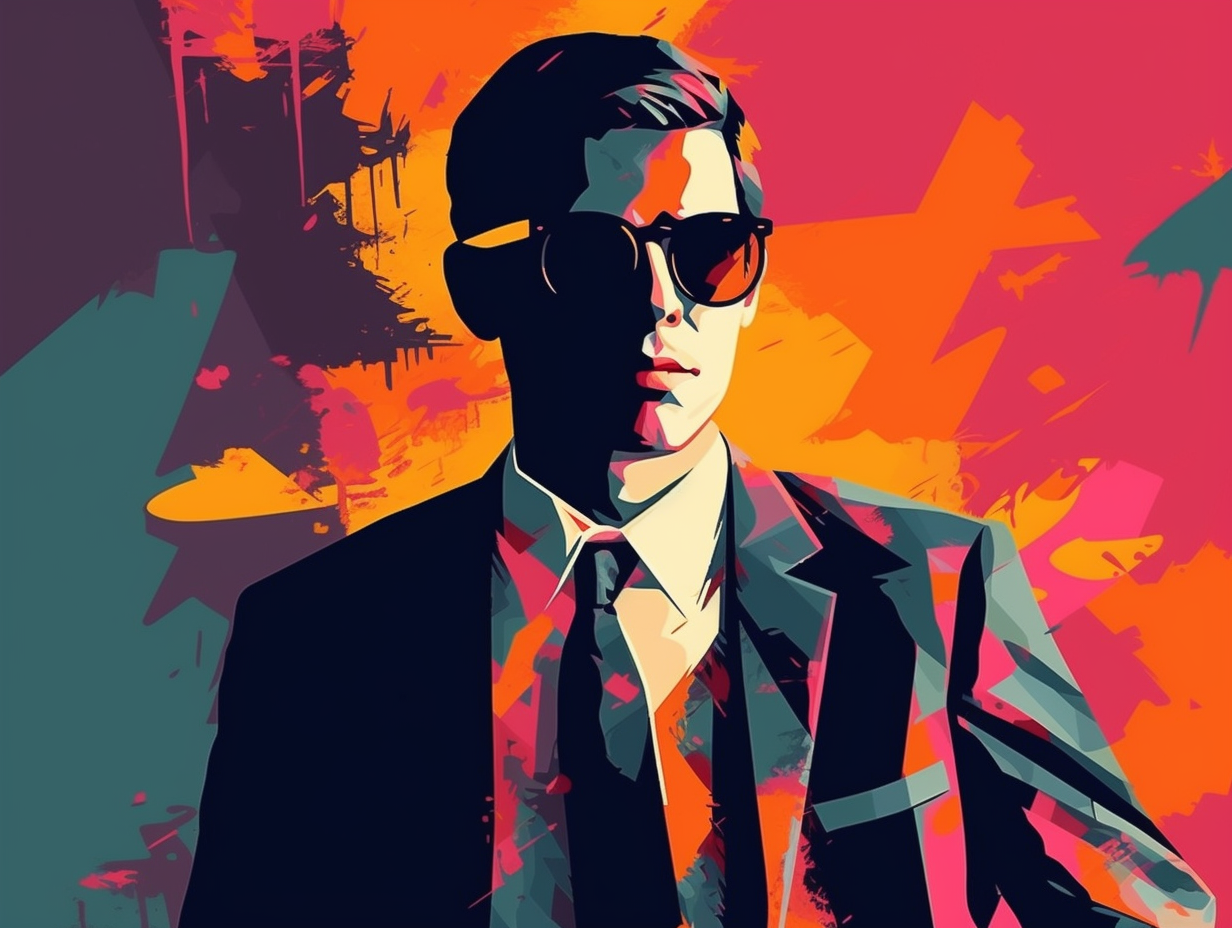
Did you know JFK had his own high-stakes secret mission during WWII? Discover the thrilling story of Project Aphrodite, where Kennedy risked it all in a daring attempt to destroy German weapon complexes. 🕵️♂️💥✈️
=> Fun Facts about Jfk
3. The Twist Dance Craze
Before the Twerk, there was the Twist: a hip-swiveling dance sensation that took the 1960s by storm, and had Chubby Checker's stardom spinning faster than a vinyl record. The Twist, originally derived from an African dance, reached international fame when Chubby Checker's 1960 performance on Dick Clark's show led the song to reach No. 1 on the charts, sparking a global dance craze and inspiring moves like the Mashed Potato, the Swim, and the Funky Chicken.
Source => thoughtco.com
4. The Iconic Volkswagen Microbus
Brace yourselves for the original "Magic Bus": The Volkswagen Microbus dominated the 1960s as a cost-effective alternative to the family station wagon, complete with a roomy interior, rear-wheel drive, and an air-cooled engine – talk about vroom with a view! Once upon a Volkswagen: The company partnered with German wagon-makers Westfalia to produce camper conversion kits, exporting the first VW Westfalia campers to the US in 1956, and solidifying its status as the iconic ride for outdoor enthusiasts and passionate protesters during the turbulent '60s.
Source => smithsonianmag.com
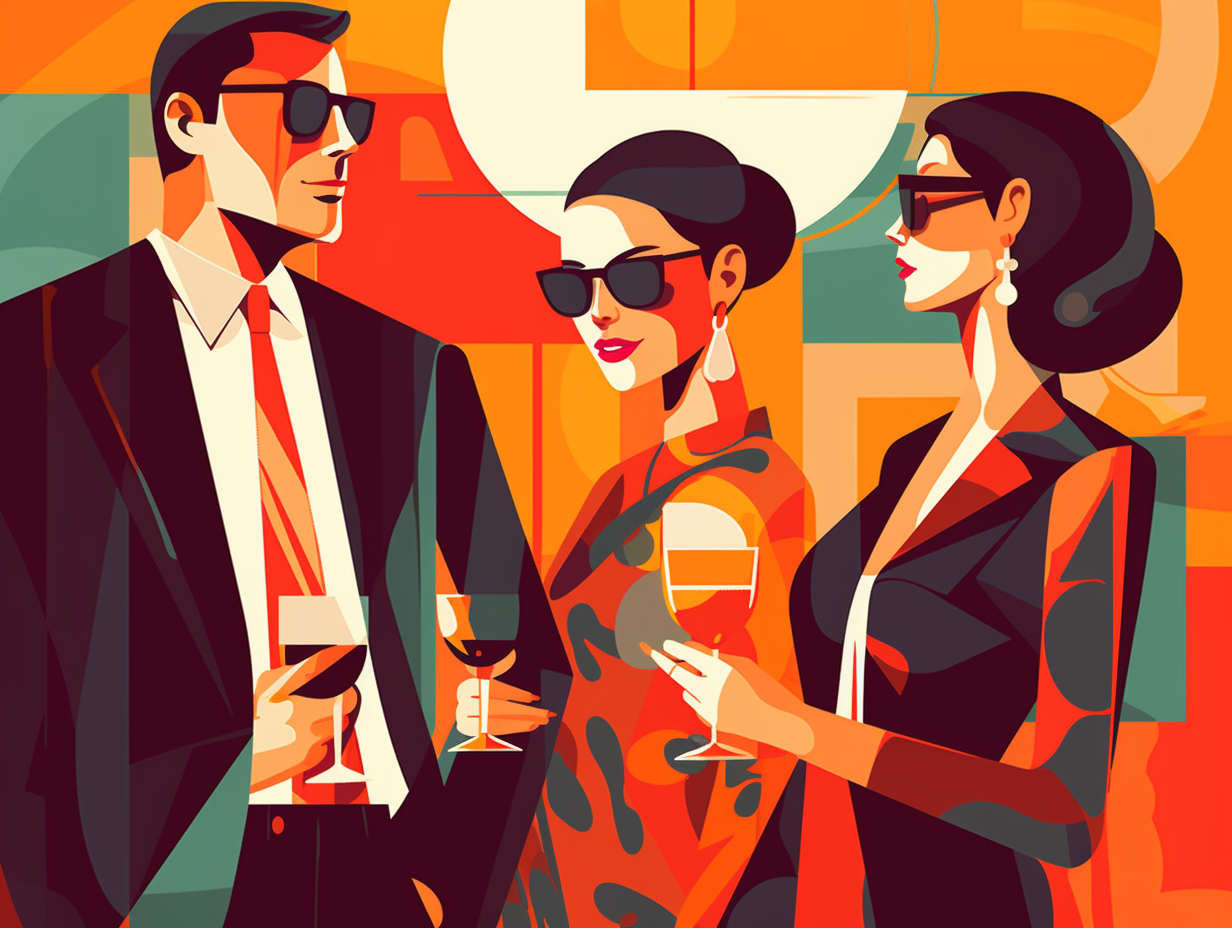
5. Space Age Fashion
In the 1960s, fashionistas were quite literally over the moon, as designers boldly went where none had gone before, rocketing haute couture to new heights and making outfits worthy of interstellar catwalks: This decade of cosmic curiosity saw fashion pioneers like Paco Rabanne, Pierre Cardin, and Thierry Mugler employ an array of celestial materials and avant-garde designs, which influenced popular culture through TV shows like "The Jetsons" and "Star Trek," as they catered to humanity's starry-eyed obsession with outer space.
Source => cnn.com
6. Spielberg's PG-13 Rating
Before there were parental "Jaws" dropping in theaters and Indy's whip cracking open the floodgates of cinematic gore: Steven Spielberg suggested the creation of the PG-13 rating in 1984, bridging the gap between PG and R-rated films and saving young audiences from sheer terror.
Source => mtsu.edu
7. The "Daisy" Political Ad
Before there was Jaws, there was... a daisy: Considered more nail-biting than the infamous shark thriller, Lyndon B. Johnson's 1964 "Daisy" TV advertisement marked a turning point in political campaigns; airing just once, it used fear and emotion to sway voters in Johnson's favor, becoming a hot topic on news media and forever changing political advertising tactics.
Source => en.wikipedia.org
8. Go Go Boots Strutting
These boots were made for walkin', and that's just what they did: In the mid-60s, go go boots strutted into the fashion world as a symbol of female empowerment, popularized by icons like Nancy Sinatra and quickly becoming the must-have footwear for every stylish woman, cementing their place in history as a symbol of the freedom and recreation enjoyed during the 1960s era.
Source => babesrage.com
9. Enos the Chimponaut
Before Elon Musk's Tesla, there was a hairy little space pioneer, furry-ously pressing buttons and puzzling his way through orbit: Enos the chimpanzee became the first of his kind to successfully orbit Earth in NASA's Mercury-Atlas 5 mission in 1961, accomplishing cognitive tasks during the complex flight despite various spacecraft system issues, only to succumb to dysentery a year later – a tragically short-lived chimponaut career.
Source => airandspace.si.edu
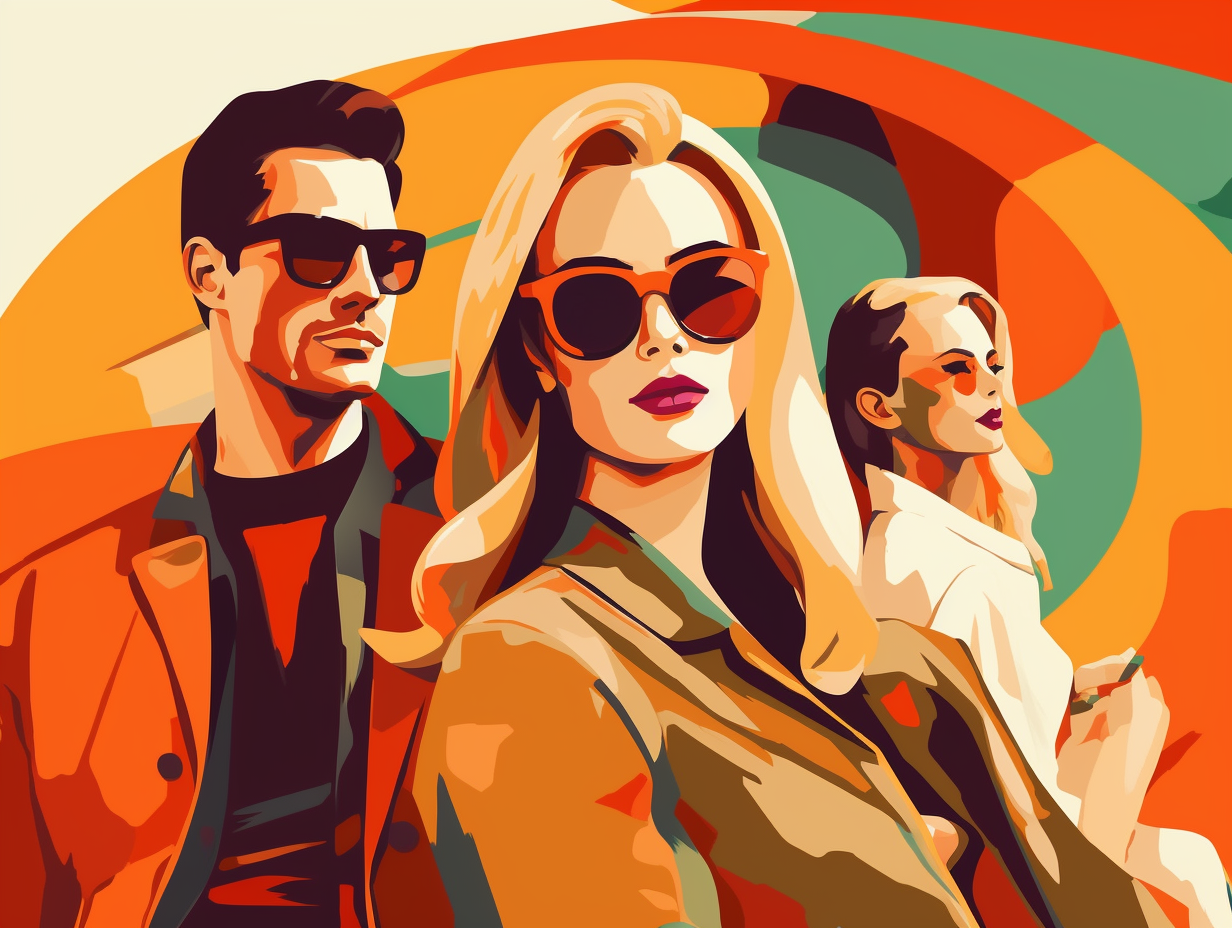
10. Skateboarding's Gnarly Beginnings
Before the internet was rolling down the information highway, people were rolling down the streets on skateboards, shredding the gnar and kickflipping their way into history: The 1960s is considered the birth of modern skateboarding, with Roller Derby's release of the first official skateboard in 1959, Larry Stevenson's invention of the "kicktail" in 1963, and companies like Vans and the first skateboarding magazine, "The Quarterly Skateboarder," making their debut in 1964. Not to mention the radical arrival of Alan Gelfand's "Ollie" maneuver in 1978 - a true game-changer for street skateboarding!
Source => skatedeluxe.com
11. No Late Admissions at the Movies
Hold onto your popcorn, folks: back in the swinging 60s, movie studios devised a sneaky ploy to keep you glued to your seats from the very beginning. To enforce a "no late admission" policy, they created a film promo and plastered a warning on the theater doors: "We won't allow you to cheat yourself. You must see the movie from the very beginning." Despite popular belief, this cheeky tactic wasn't designed specifically for Hitchcock's "Psycho"—but it definitely added a dash of suspense to any movie night!
Source => movies.stackexchange.com
12. DJs Guiding Musical Tastes
Before there were Spotify playlists paving our paths to musical discovery, DJs were the conductors of our tuneful trains: In the 1960s, DJs like Dick Biondi, who introduced The Beatles' music in America in February 1963 and later brought them on stage at the Hollywood Bowl, played monumental roles in promoting new artists and shaping the pop music scene, alongside Johnny Holliday, Dave Hull, Hy Lit, Robert W. Morgan, Bruce "Cousin Brucie" Morrow, Murray the K, and the enigmatic Wolfman Jack.
Source => metv.com
Related Fun Facts

